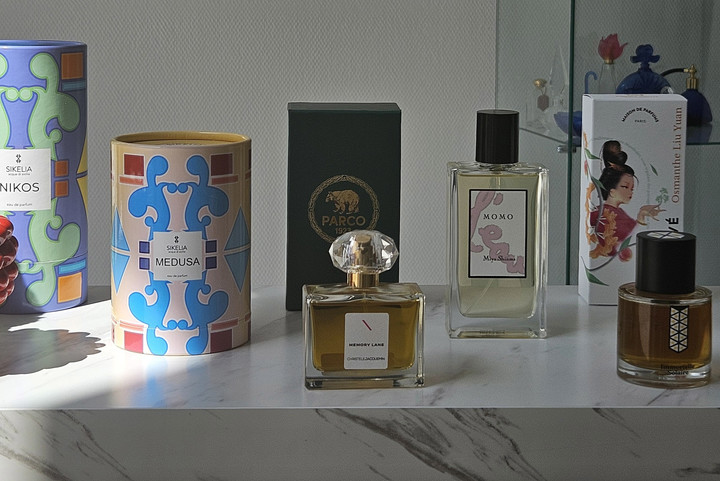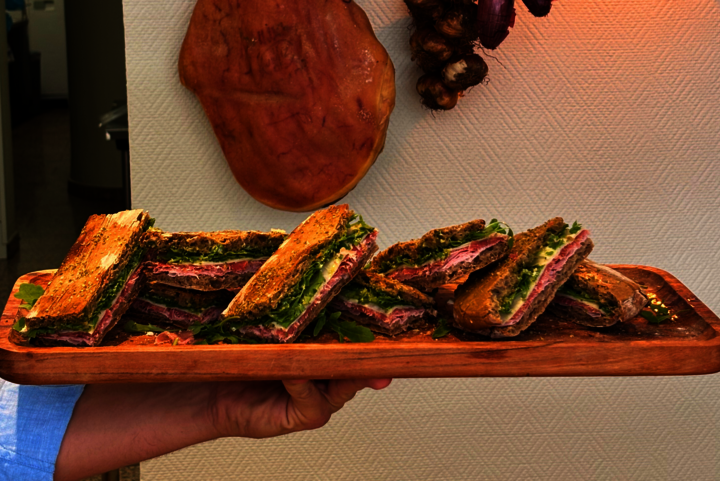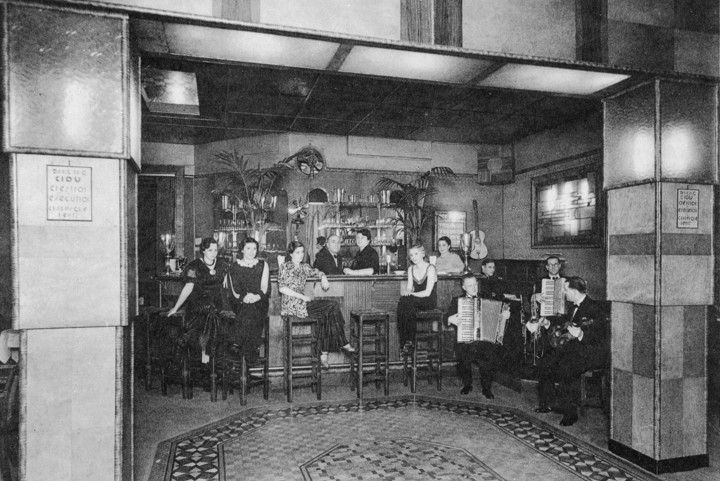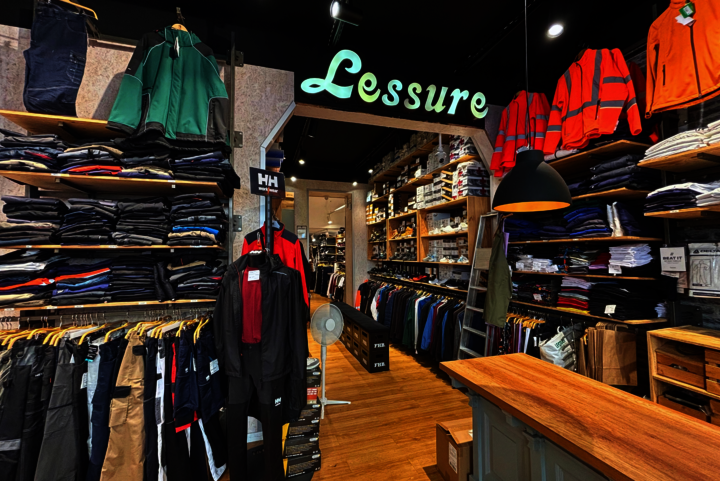(Re)discover our city - Hôtel Graas
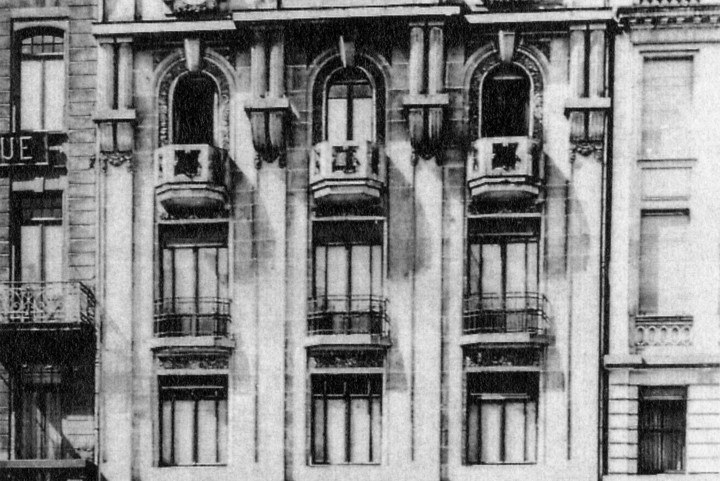
(Re)discover our city - Hôtel Graas
Think you know our capital well? Well, let's see about that! Some of the buildings that you walk past on a regular basis have a special story behind them. Dr Robert L. Philippart is a true expert on the subject and will take you through the city to uncover these hidden stories, giving you a new way of looking at some of our symbolic buildings.
Hôtel Graas – a gem from the Art Deco era
Robert L. Philippart
It is one of the most beautiful Art Deco buildings in the Gare district. The former Hôtel Graas (80, Place de la Gare), despite its ground floor having been transformed by the addition of a revivalist façade, presents a well-balanced exterior, carved entirely from hewn stone. It is elevated by twin columns up to the third floor, the alternating geometric shapes creating a rhythm, the stylised floral decorations are elegant, and the railings of the balconettes are polygonal. The interior entered into the public space as each room can be seen on the façade; each hotel guest was able to feel a part of what was going on in the street below without having to actually mingle with the crowds. That the name of the owner is reflected in the name of the hotel sums up that it was the project of his life. This sets it apart from hotel names which refer to places (Hôtel de Paris, Hôtel Terminus) or activities (Hôtel des Voyageurs, Hôtel du Commerce).
A gem from the Art Deco era
The 35-room hotel, which opened in 1930, was designed by Louis Rossi, one of the best architects of the Art Deco to have worked in Luxembourg. Rossi came from Lugano, where he studied at the School of Art before enrolling at the Royal Academy of Fine Arts in Milan. The famous sculptor, Cesare Cattaneo, helped him to develop his talent. Rossi was also involved with the inventory drawn up in memory of the work of sculptor Vincenzo Vela (1820–1891) and which is today on display at the Museo Vincenzo Vela in Ligornetto, Switzerland.
Rossi answered the call from entrepreneur Achille Giorgetti to pursue a short career in Luxembourg between 1919 and 1937. This move would be of great importance to architectural art in Luxembourg. In addition to the Hôtel Graas, Rossi also designed the Hôtel du Parc in Esch-sur-Alzette, Hôtel Cecile and Hôtel Regina, Hôtel du Midi, the Grand Hôtel du Chemin de fer (all on Rue Joseph Junck), and Hôtel Lunkes (Rue de Strasbourg). "Professor" Rossi designed the villa of Achille Giorgetti, Avenue Guillaume, and many other villas in Hollerich. His most beautiful villa is the prestigious residence of former notary Knaf in Wormeldange. All of these buildings attest to his careful study of volume and feature formal arrangements of geometric shapes, organic shapes thoughtfully incorporated into the façades, and wrought iron interiors. The stylised floral decorations carved into the white limestone of the Hôtel Graas is one of the great Art Deco masterpieces that can be seen in a public space. "The interiors reflect the genuine delight that he feels when creating them. By masterfully combining marble, bronze, wrought iron and wood, he always manages to create combinations of undeniable artistic value" stated a publication dedicated to him in the late 1930s. This well-balanced piece of architecture features, in the middle of the façade, a section of wall bearing a proud reminder of the name "Hôtel Graas".
From the Kessel-Clesse family to the Graas family
The building formed part of a group of three buildings newly built after the land was sold in 1928. The property formed part of the portfolio of properties which belonged to the café owners Kessel-Clesse, covering an area up to Hôtel Alfa. The Kessel-Clesse family continued to run this business in 1928 before transferring the land to the entrepreneur Eugène Muller.
Pierre Graas, born in 1881, acquired the land and commissioned Rossi to build the hotel. By 1910, Graas was already running the café-restaurant "Zum Augustiner" in the Gare district of Luxembourg. The name of the establishment bore reference to the prestigious Munich brewery whose beers were sold there.
The hotel and the "Brasserie des Augustins" opened their doors at 80 Place de la Gare on 12 July 1930. However, the wonderful hotel project came with one drawback: It did not provide its clients with garage parking, a service which Hôtel Alfa (1932) and Hôtel Kons (1934) offered straight away. The male and female staff members who were recruited ready for the establishment's opening, had to be bilingual in French and German so that they could be ready to welcome an international clientele.
The Brasserie des Augustins
The "Brasserie des Augustins" was one of the most noteworthy places where public auctions of prestigious "zur Kapitalanlage" building projects took place: Hôtel Walsheim, Grevelschloss, Kino-Palace, significant industrial sites situated in Hollerich, in Bonnevoie, or on Rue de Strasbourg and many others appear on the signs of the offices of the notaries who chose the grand premises of this brasserie, boasting "a beautiful hall" and a billiards room, to conduct their business. The brasserie was also sought out by independent professionals and employees from the district who came here to savour the tasty Munich and Diekirch beers. A taste for German beer survived the economic the shift from the customs union with Germany to the Belgo-Luxembourg economic union rather well. The premises were also sought out by antique jewellery dealers who came to sell rare jewellery, which came with certificates of provenance. The Union des assurances de Paris company opened a branch at Hôtel Graas in 1935. In 1938, Dr Gaston Ternes opened his dental practice on the first floor of the establishment. He had married Georgette, the daughter of Pierre Graas. Pierre Graas died on 27 August 1940. At the end of 1945, he was listed as one of the prominent Luxembourgers to have died during the occupation.
Chess and billiards championships
The Hôtel Graas also evokes memories of sport, for example the brasserie room hosted national billiards and chess championships on weekends and Mondays, sometimes even attended by international players. The national federation of chess players also established its association headquarters here.
Following a myriad of changes of ownership and the closure of the establishment, the premises were transformed and the ground floor then served as a bank for two decades; the pieces of land (incorporating the former Hôtel Terminus) were later combined to create the office space we see today which covers more than 3500 m2.
© Photothèque de la Ville de Luxembourg – Collection Weydert Marcel
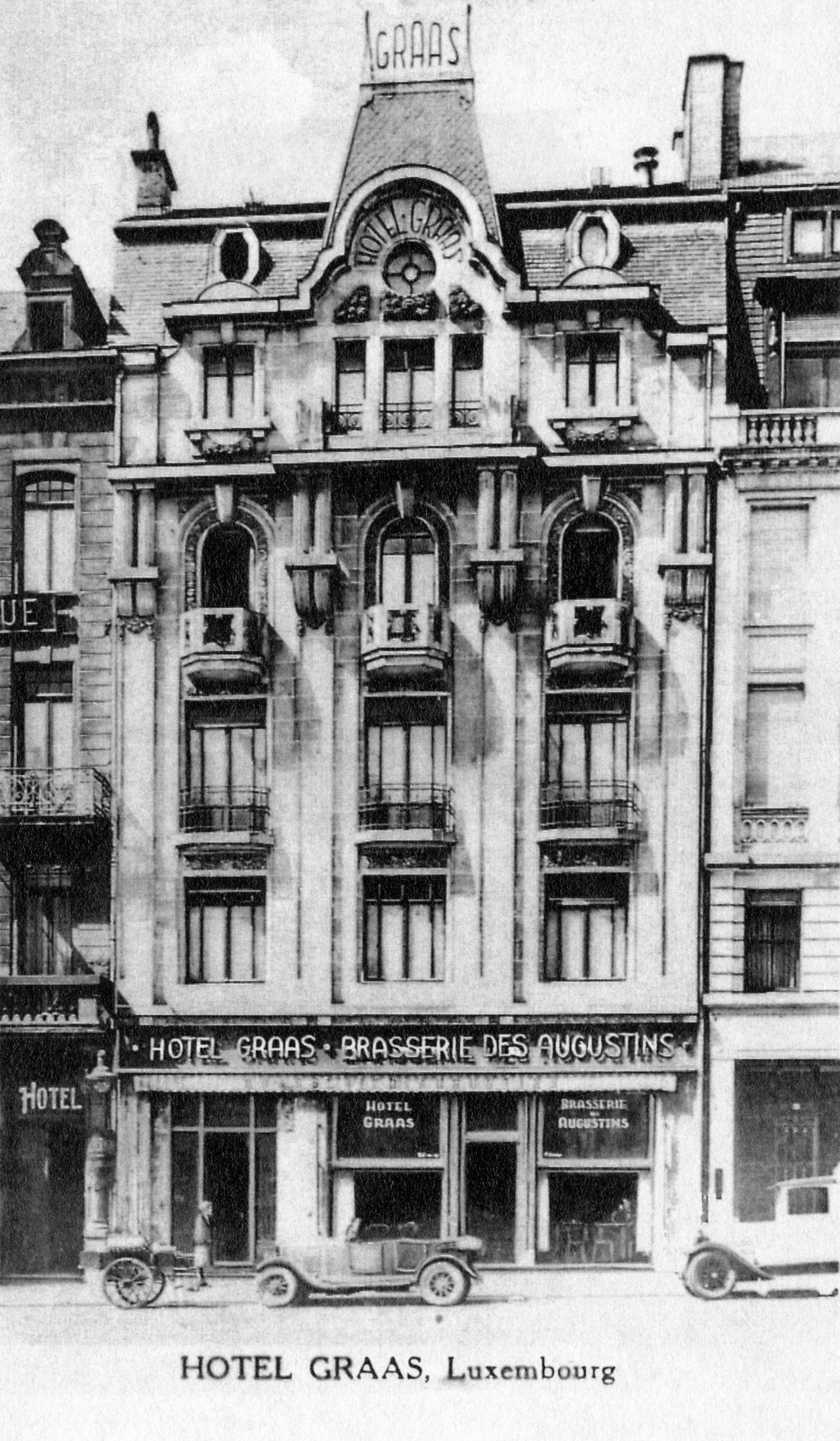
Inscrivez-vous
à la newsletter.
Inscrivez-vous et recevez tous les mois l’actualité shopping de la ville directement par email ! Bon plans, événements phares, nouveaux commerces, ne manquez rien de l’actualité commerçante.
Cityshopping news

